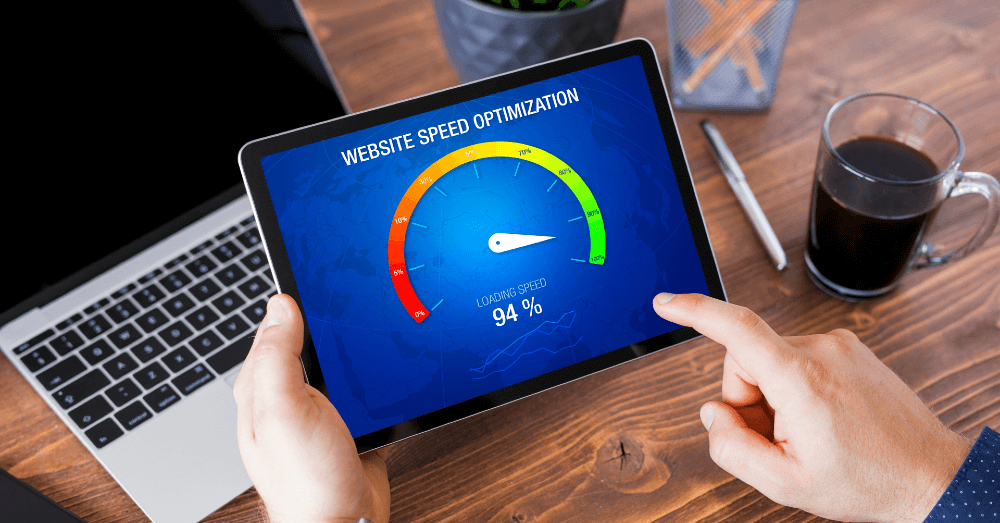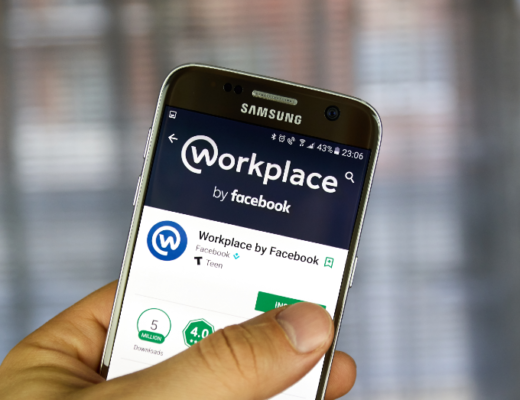Page speed is one of the most important SEO ranking factors because it directly impacts the user experience on your website. How can you maximize page speed?
Content delivery networks and edge computing aren’t just tech buzzwords anymore – they’re becoming the make-or-break factors for website performance, conversions, and search rankings. With 5G rolling out and users expecting instant everything, milliseconds matter more than ever. We break down how CDNs, edge servers, and low-latency delivery are quietly revolutionizing digital marketing performance, plus which strategies actually move the needle for page speed, user experience, and your bottom line.
Why does page speed matter so much?
How long will you wait for a website to load on your computer or mobile device? In today’s world, we expect web pages to load instantly. For a while, three seconds was the standard for a page load speed, but even that seems slow today. Using advanced technology and 5G network performance, users can expect pages to load in milliseconds instead of full seconds. It’s important that your team focuses on website conversion optimization to ensure pages load faster than ever before.
Content delivery network optimization matters
Content delivery networks, or CDNs, have a direct impact on performance metrics. They reduce overall data transfer amounts between the CDN’s cache servers and the client, ensuring the client can see the desired information much sooner. By reducing the overall bandwidth and amount of data necessary, pages load much faster. CDN edge computing performance optimization is extremely important when working to improve your page load speed because information is distributed across multiple servers, making it much easier for large images and videos to load quickly.
How do edge servers help with page load speed?
Page speed has become extremely important among SEO ranking factors, and edge server technology helps make things go faster. An edge server operates at the edge of the network, caching website content copies on a server closer to users than others on the network. Edge computing has many marketing benefits, storing vast amounts of data to be accessed quickly, making the system work well. CDN edge computing performance optimization brings the two performance-based functions together to ensure pages load faster than ever. The use of CDNs and edge computing turns several seconds of loading time into milliseconds.
What is low-latency delivery and how does it impact the user experience?
Low latency refers to the minimal delay experienced in transmitting data over a computer network from its source to its destination. The lower the figure of low latency is, the better the user experience can be, at least in terms of page load speed. Low-latency delivery must be part of the digital marketing infrastructure, and it’s impacted by several things, including:
- Physical distance data must travel from the source to the destination
- Network congestion – too much traffic slows things down
- Transmission medium – various media transmit data at different speeds, with fiber optic cables being much faster than copper wires
How can you improve your page speed?
In addition to CDNs, edge servers, and low-latency delivery, there are other factors that impact page speed and your SEO ranking factors. Your team can focus on some of them to improve the speed at which pages load and appear to users.
Optimize render-blocking resources
Render-blocking resources are files that need to be loaded before browsers can show content to users. Loading too many render-blocking resources makes your page content appear much more slowly and hurts your page speed. Analyze the render-blocking resources and find items that can be deleted or compacted to load much faster.
Load images with the right priority
Some images are important to the look of your website, but others are not. If you don’t identify the differences, your page might load slowly because the images take up too much bandwidth. You can use the fetchpriority attribute to inform the browser of which images are of high priority versus those that are lower on the list.
Reduce the page weight
The number of bytes of data required to download a web page is the page weight. This has a direct impact on page speed and can bring down your SEO ranking factors when you have a high page weight. The best way to reduce page weight is to find the resources that can be reduced most easily, which usually means using the right format for images that tend to take up too much space on the page.
How will you work with your team to reduce page speed and improve SEO ranking factors for your website?




